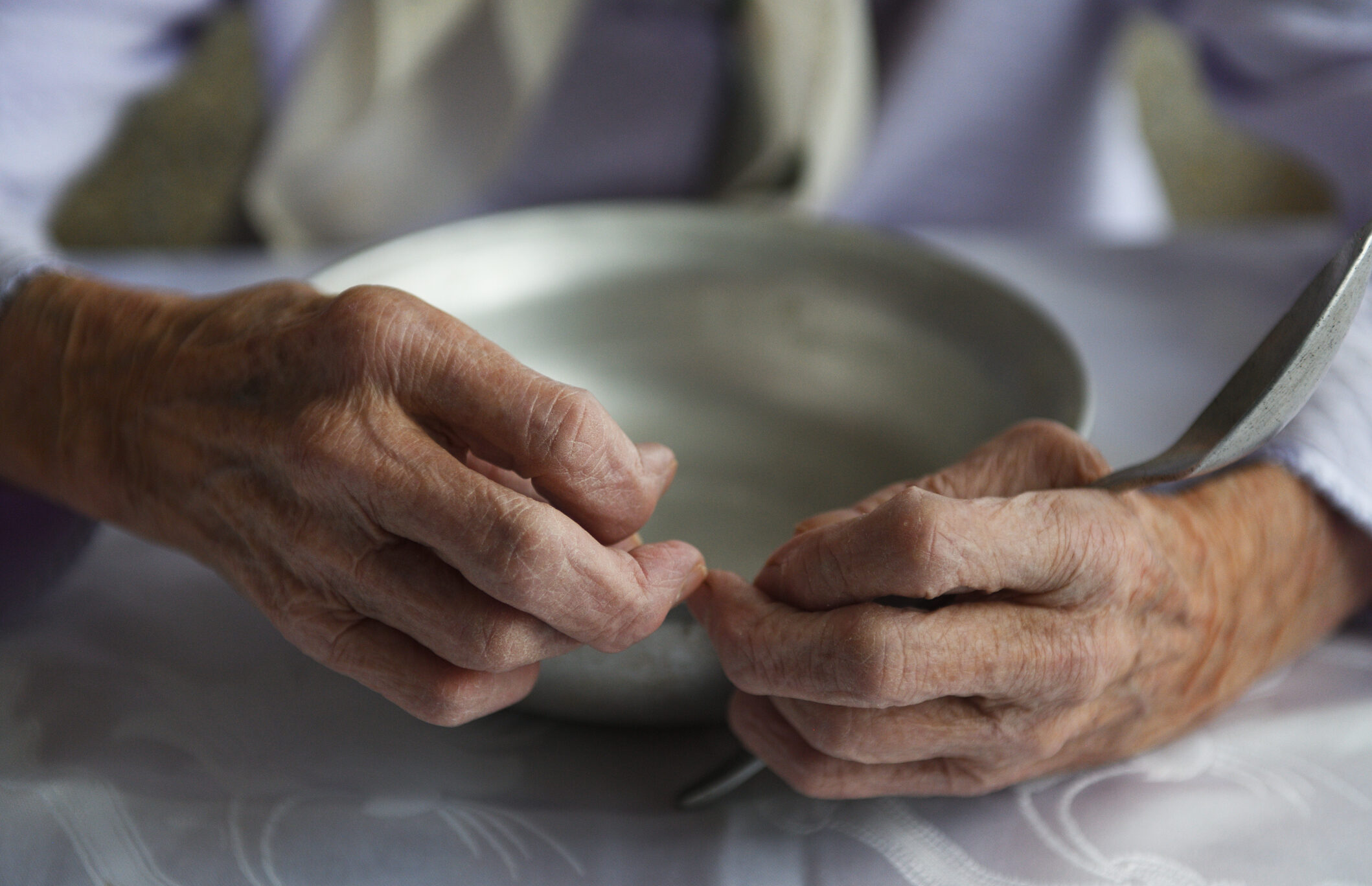Housing Providers Help Low-Income Residents Access Food as Assistance Ends
The end of COVID-era increases to the Supplemental Nutrition Assistance Program (SNAP) in February have impacted millions of Americans, but the “steepest cliff has been for older adults at the minimum benefit level who saw their monthly SNAP benefits fall from $281 to $23,” which is more than a 90% decrease, according to the Food Research & Action Center (FRAC).
Food insecurity is a significant issue and concern for older adult residents living in affordable housing, results of a June 12 flash survey of LeadingAge members reveals. More than 69% of member respondents estimate that one of every five of their residents is food insecure.
Through the LeadingAge Housing Network, a community of LeadingAge housing provider members, speakers from FRAC and USAging, the national association representing and supporting the network of Area Agencies on Aging (AAAs), shared information about eligibility for SNAP benefits, potential partnerships with nutrition programs funded by the Older Americans Act and often offered by local AAAs, and examples of food and nutrition programs LeadingAge members coordinate for affordable housing residents and for staff.
On the Hill, LeadingAge joined hundreds of groups in a letter of support of the SNAP program and urged Congress “to strengthen SNAP and protect the program from cuts or other harmful changes.”
Most recently, LeadingAge was asked by Department of Housing and Urban Development (HUD) for insight into how LeadingAge affordable housing members assist residents with accessing food or providing information about nutrition programs. We shared some examples and also fielded a brief survey of our Housing Network participants to gather details on their efforts.
The overwhelming takeaway from survey responses: LeadingAge affordable housing members are going to great lengths to help residents and staff access affordable food.
Referring to the loss of the SNAP emergency allotments after February 2023, one provider said the impact has been “a challenge for residents after depending on it for three years.” “It has been difficult for most residents who received SNAP because they are back down to $16-$20 a month in benefits,” another provider said. “Residents are unable to purchase the amount of food needed to last for the month and need help making ends meet. Most of the residents are only getting $12 to $20 in food stamps [SNAP benefits],” a third provider said.
Of respondents to our flash survey, 51% of housing providers work with a local food bank, 37% work with their area agency on aging, 33% work with farmers markets, 10% work with grocery stores, and 11% provide food and nutrition access on their own.
While 100% of the food and nutrition programs coordinated by affordable housing providers serve residents, 25% of them also serve staff and 15% serve members of the broader community. Twenty-nine percent of respondent’s programs serve more than 100 people a week.
What kinds of programs do housing providers offer?
More than 58% offer a food pantry, 72% provide cooked meals, 30% offer an on-site farmer’s market, and 22% offer a store for residents to purchase groceries on-site.
The loss of increased SNAP benefits has been “detrimental to the senior residents to have SNAP benefits dropped to $23 no matter their financial status. Most residents are without food, or the bare minimum of food available to them and without additional finances to purchase more,” a housing provider told us in the survey.
For residents in housing where rents are not tied to their household income, the impact can be more pronounced than in HUD communities—where rent for a household is based on about 30% of that household’s income. “The impact of the reduction has been catastrophic for our residents. We serve folks housed in independent living tax credit communities. Most are also rent pressured (62% of our residents are paying more than 50% of their total income in rent and 39% of those are paying more that 75% of their income in rent). This means that there is literally no money for food,” a housing provider said.
Of course, food access is also health care. “I had one resident share with me that she ‘trained’ herself to only eat once per day because the loss of her SNAP benefits means a lack of food. She said that when she was receiving SNAP [emergency allotments], she would normally have breakfast, then a light snack at lunchtime and then dinner. Now she has a full meal late lunch time and if she can get fruits and veggies, she will eat those as a snack in the evening. She has cut breakfast out completely. This worries me greatly for many reasons, but one that isn’t often thought about is that she takes medications in the morning, and it is recommended that she takes those with food. I worry about the effect of medications on the body of someone who isn’t eating,” a housing provider said.

Most Recommended
July 03, 2025
 Budget Reconciliation 2025
Budget Reconciliation 2025
June 27, 2025
Pathways for Foreign-Born Workers
Recently Added
July 03, 2025
 Update and Insights: SNF Off-Cycle Revalidations
Update and Insights: SNF Off-Cycle Revalidations
July 02, 2025



